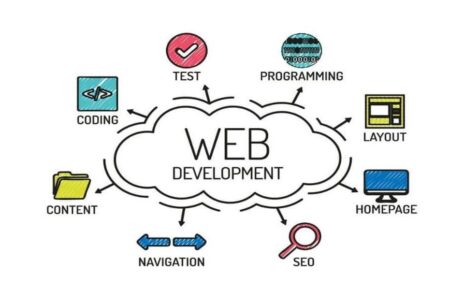Technology has a significant impact on the business sector because it is causing the evolution of old company practices, creating new employment opportunities, and displacing some work functions. The composition of the labor force is becoming increasingly diverse. Therefore, it should not be surprising that businesses that actively promote diversity and endeavor to include everyone will have a competitive advantage. Understand what consulting human capital meaning is in detail.
What is Human Capital?
Human capital, to put it another way, refers to an organization’s skills, knowledge, and abilities that contribute to its overall efficiency and keenness. It enables businesses to be innovative, adapt to altering market conditions, and compete effectively, making it an indispensable resource for businesses. One method for businesses to increase the value of their human resources is to invest in their employees’ professional development.
What is Human Resources Management?
The management of human capital is a strategic approach that seeks to enhance the profitability of an organization by maximizing the value of its people capital. The primary objective is to foster professional growth and development by creating an environment that attracts and successfully retains exceptional employees.
The Importance of Human Resource Management as Capital
Human capital management is essential to the success of any organization because it entails managing and developing the workforce in order to achieve the organization’s commercial objectives.
These crucial factors cast even more light on the significance of HCM:
- It aids in attracting and retaining top talent, thereby reducing costs associated with recruitment and training.
- Additionally, HCM increases employee satisfaction and engagement, resulting in increased productivity and enhanced business outcomes.
- Facilitates the process of identifying and developing high-potential employees.
- It results in a greater alignment between employee competencies and organizational objectives.
- In addition, HCM encourages the adoption of equal benefit and compensation plans.
- Important workforce indicators, including employee turnover, employee retention, and training effectiveness, are measured by an effective system.
- Consequently, compliance with labor rules and regulations is enhanced.
- Promotes the growth of a positive culture within the organization
Elements Vital to the Management of Human Capital
It is essential to understand the interconnected nature of HCM’s underlying components. Therefore, they must be incorporated into a comprehensive human capital management plan that aligns with the organization’s business objectives and fundamental values.
The Recruitment and Selection Procedures
Utilizing effective recruitment and selection procedures makes it possible to attract and select the most qualified candidates for open positions.
Instructional & Pedagogical Programs
Providing employees with regular opportunities for learning and development enhances their abilities, knowledge, and overall performance.
Management of Performance
The evaluation of employee performance, the establishment of defined performance goals, and the provision of consistent feedback all contribute to an increase in both employee productivity and job satisfaction.
The Employee’s Compensation and Benefits
Developing and implementing plans for compensation and benefits that are market competitive, equitable, and in accordance with the organization’s objectives.
How to Manage Human Capital?
The process of administering an organization’s human capital requires a comprehensive and strategic approach to personnel optimization. An organization must clearly define its business objectives and then link them to its human resource strategy.




